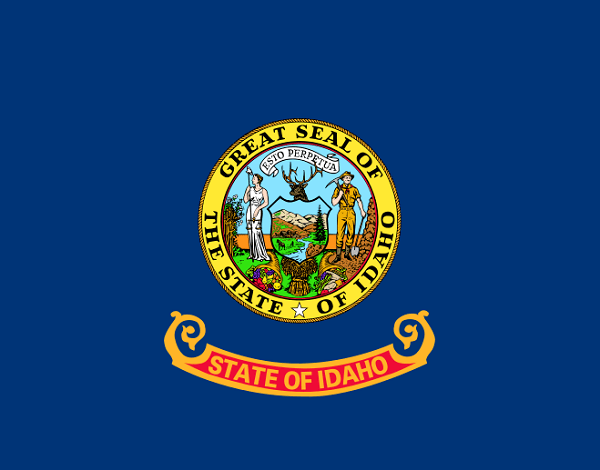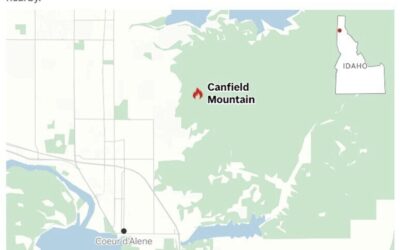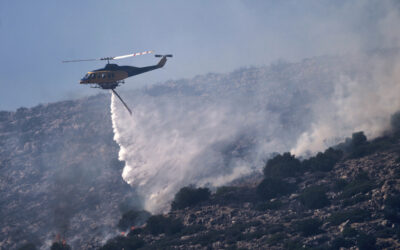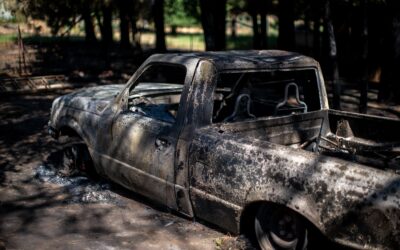USFS concerned about health of Bald Mountain

By KEITH RIDLER Associated Press
BOISE, Idaho (AP) — The forest in and around one of the nation’s top ski destinations is in trouble from an ongoing combination of unusually warm temperatures, drought, wildfires, insect invaders and pathogens, officials say.
So the U.S. Forest Service is starting an environmental analysis to find ways to improve forest health at Sun Valley Resort’s Bald Mountain ski area, a huge economic driver for the region heavily dependent on tourism.
The potential 7,000-acre (2,800-hectare) Bald Mountain Stewardship Project includes the entire 3,000-acre (1,200-hectare) ski area. A draft plan is expected this fall followed by public comments and a final plan in late summer 2020.
“We are very concerned about the forest’s health,” said Sun Valley Resort spokeswoman Kelli Lusk. The ski area in recent years has drawn about 400,000 skier visits.
Officials say wildfires in 2007 and 2013 surrounded 9,150-foot (2,789-meter) Bald Mountain with burned forest, creating an island of green trees and increasing bark beetle attacks.
Pine beetles, dwarf mistletoe and white pine blister rust are also killing trees on the ski-run carved mountain that forms a scenic and much-photographed backdrop for the resort towns of Ketchum and Sun Valley.
Sun Valley Resort, which operates the ski area on Forest Service land with a special use permit, during the August 2007 wildfire turned on its snowmaking equipment to douse the area with water and stop the flames. The resort started in the late 1930s, and the mountain has been protected from wildfires ever since.
In the last decade, Sun Valley Resort has been working with the Forest Service on mostly 25-acre (10-hectare) projects scattered around the ski area. But officials say a much bigger effort is needed.
“It’s an area that hasn’t seen fire or aggressive forest management for quite some time,” said Zach Poff, a recreation and winter sports program manager with the Sawtooth National Forest, where Bald Mountain is located. “We are starting to see an aging forest that is very homogenous that, for lack of a better term, is starting to die off.”
Douglas fir are the dominant tree species, he said, and they are susceptible to insects and parasites during warm and drought conditions. Poff said it’s not economical to log the area because of the difficult terrain and the limited value of the Douglas firs.
One of the aspects officials are considering adding to the environmental assessment is planting other tree species to make a more diverse forest.
Donna Roth, who has had a season pass for Bald Mountain since 1979 and works at a ski and sports shop in Ketchum called Sturtevant’s, said locals notice all the dead trees but doubts tourists do.
She said clearing dead and downed trees could make the skiing better by allowing more skiers to leave groomed runs and venture into the forest.
“It will open up a lot of tree skiing, which we’ve never really had on this mountain,” she said. “It’s been too forested. Too risky.”
Dani Southard of the National Forest Foundation, a nonprofit that partners with the Forest Service to promote national forests, is participating to help gauge community support for the project from locals, who typically refer to the mountain as “Baldy.”
“It’s not just about insect and disease treatments,” she said, “it’s about how you create a more resilient forest moving forward.”
All contents © copyright 2019 The Associated Press. All rights reserved.




